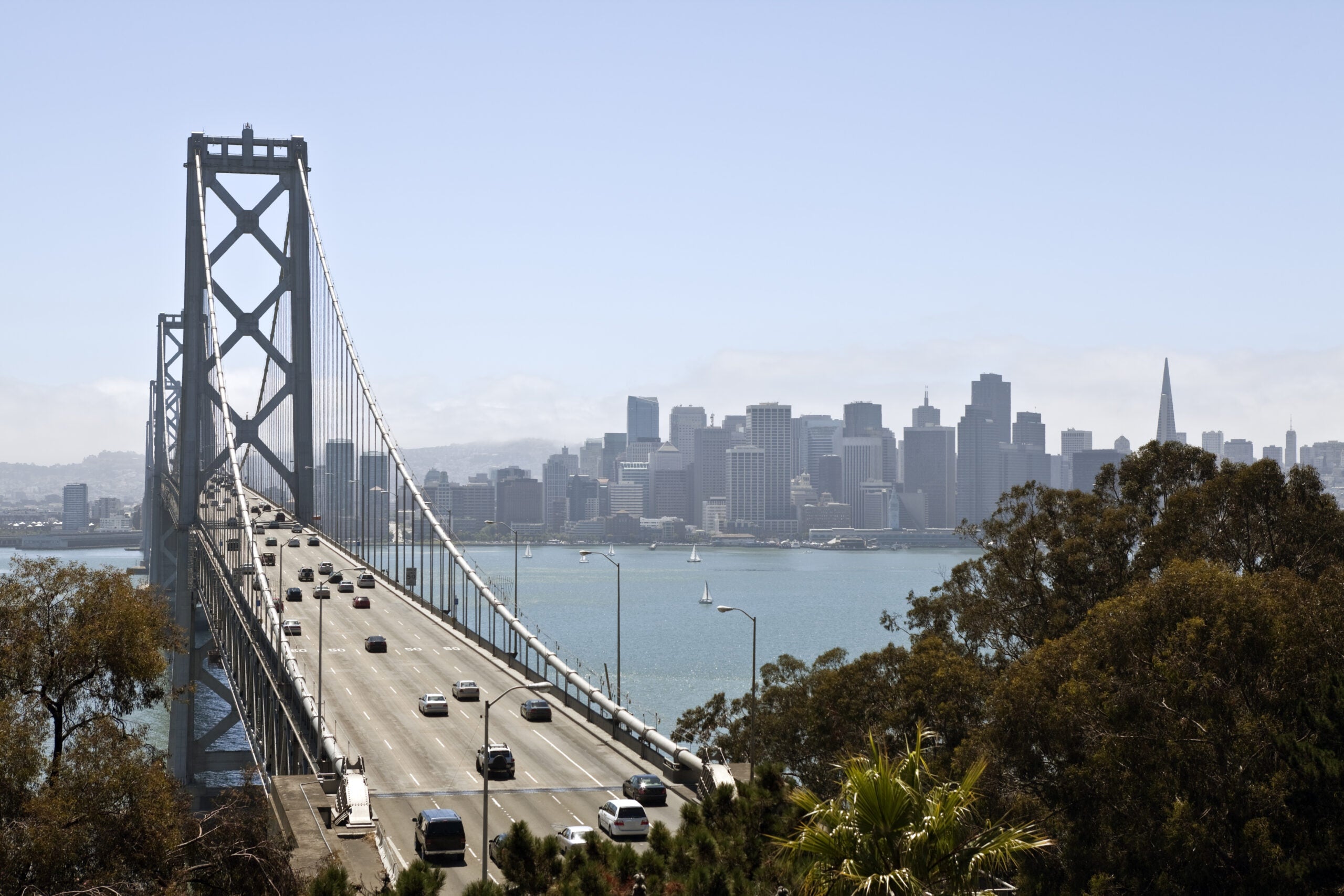Building a Healthy Living Plan for a Growing Bay Area
Irene's commute provides a snapshot of the economic and demographic changes affecting all the neighborhoods around the Bay Area. Can public transportation keep pace with residents' needs? Will people continue to find affordable housing near their workplaces? How will these changes shape the identities of our neighborhoods?

This page was published 11 years ago. Find the latest on Earthjustice’s work.
During my morning commute from Oakland to San Francisco, I walk through streets of modestly sized houses with plum trees overhanging the sidewalks. My neighborhood is home to a changing mix of residents, from families who have been on the block for decades to young tech workers recently relocated from San Francisco. Cutting over to Telegraph Avenue, I pass new coffee shops, yoga studios and galleries that have sprouted up between the hardware stores and Korean restaurants lining the street.
In the mornings, the MacArthur BART station is a zoo, with commuters squeezing between the barriers cordoning off construction for an affordable-housing development and a new parking garage. BART runs through downtown Oakland and flies past the loading cranes and freight lines serving the Port of Oakland before descending into the Transbay Tube and emerging in downtown San Francisco.
My commute provides a snapshot of the economic and demographic changes affecting all the neighborhoods around the Bay Area. By 2040, the population of the Bay Area will swell from 7 million to 9 million residents. This begs several questions: Can public transportation keep pace with residents' needs? Will people continue to find affordable housing near their workplaces? How will these changes shape the identities of our neighborhoods?
The regional planning process is meant to anticipate and accommodate these types of changes. Done right, it will establish a comprehensive and sustainable plan for transportation, housing and land use. By law, the regional planning agencies, the Metropolitan Transportation Commission and Association of Bay Area Governments, must foster transportation infrastructure and housing development that situate residents near the workplaces, schools and businesses necessary for everyday life. This should reduce reliance on passenger vehicles, curbing planet-warming and polluting emissions. They must account for the effects of the trucks, ships and railways transporting goods through the area, and take measures to protect the vulnerable communities located near freight hubs.
The agencies' latest plan had several troubling aspects. Because we believe in the importance of strong regional planning, Earthjustice sued in August on behalf of Communities for a Better Environment and the Sierra Club challenging Plan Bay Area. Under the plan, the daily trips taken by car were expected to increase by 22 percent from current levels and the miles driven by 20 percent. While the agencies cheered the plan for reducing greenhouse-gas emissions, a closer examination of the accounting showed that the claimed reductions were due to unrelated programs, like California's low-carbon fuel standards.
Some areas targeted for future housing development, like Treasure Island and the Alameda Naval Air Station, are underserved by public transportation or at risk of sea-level rise, calling into question their continued viability. Finally, despite projected increases in the volume of freight transportation, the agencies failed to study the health impacts of freight movement.
On June 18, we settled with the agencies, winning concrete benefits for the public. The agreement requires the agencies to:
- More honestly account for the plan's effects on greenhouse-gas emissions.
- Provide the public with information on whether the areas targeted for growth meet certain requirements that enable them to grow successfully and sustainably into the future.
- Study the effects of freight and develop measures to protect the health of impacted communities.
Laying this groundwork now will allow the agencies and the public to work together in building a better plan and a healthier, more sustainable future for the Bay Area.
This op-ed originally appeared in the San Francisco Examiner.
The California Regional Office fights for the rights of all to a healthy environment regardless of where in the state they live; we fight to protect the magnificent natural spaces and wildlife found in California; and we fight to transition California to a zero-emissions future where cars, trucks, buildings, and power plants run on clean energy, not fossil fuels.